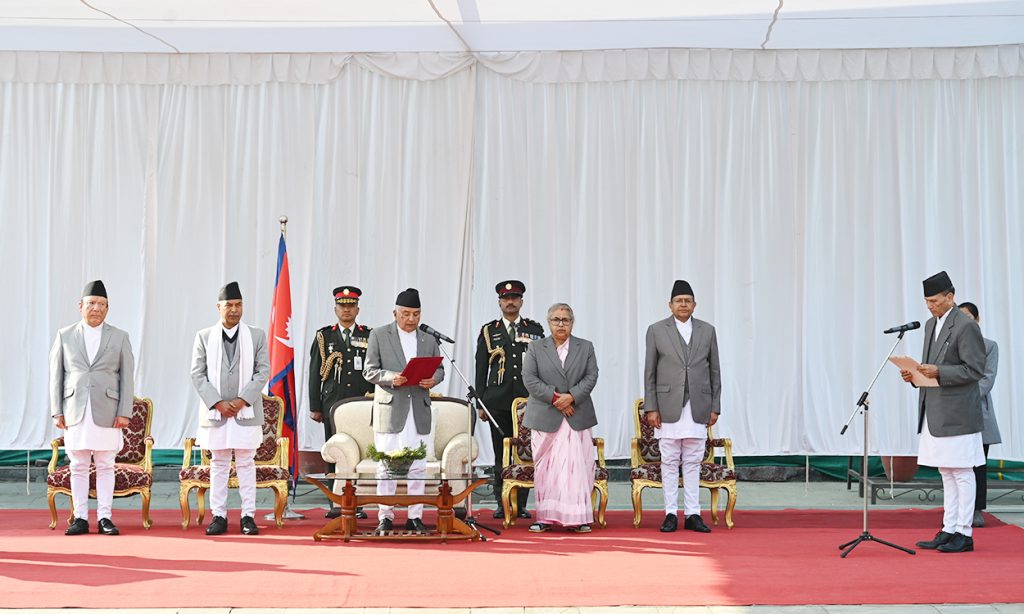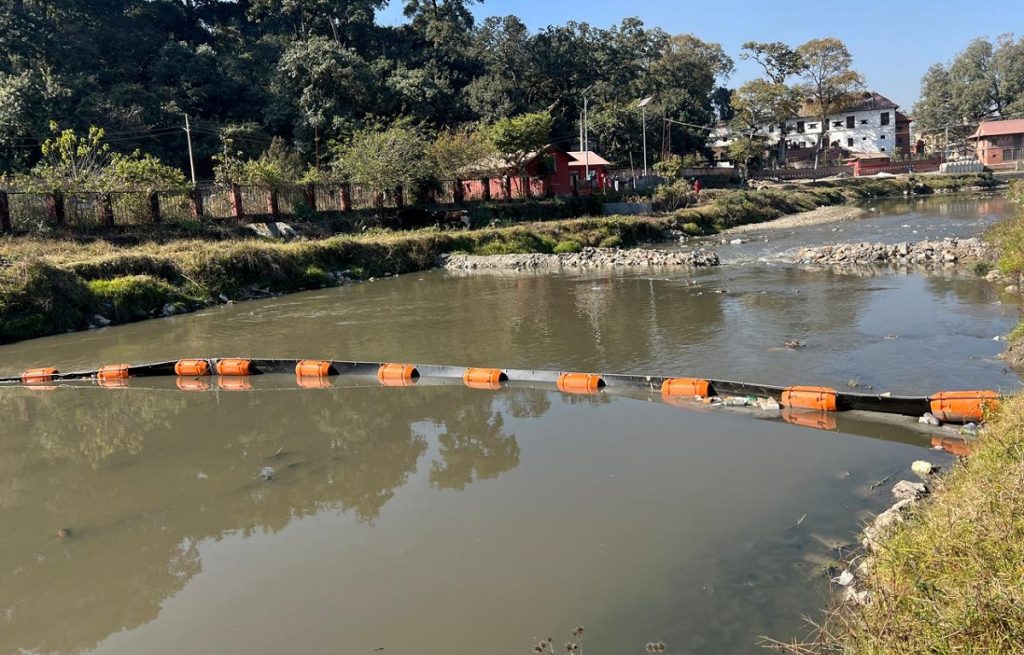Today, banks and financial institutions have reached every nook and corner of the country. The banking system has become so easy that there is no need to go to a bank for any kind of financial transaction as the online banking business is booming.
But, this was not a scenario some eight and a half decades ago. Earlier, merchants used to provide loans and trade in investments. People used bags and boxes to save money. A few rich people used to run money-changing services in city areas for transactions like currency exchange.
It has already been 85 years since the beginning of the banking era in Nepal. This week (November 15) was the 85th anniversary of Nepal Bank Limited, the oldest bank in Nepal.
Nepal Bank was the result of a proposal made by Prime Minister Juddha Shamsher Rana to King Tribhuvan in 1937. After the king approved the proposal, Juddha Shamsher asked some people close to him to start preparations for establishing a bank. Ten people came forward ready to invest, and the government also became a shareholder. Side by side, 12 employees were hired. On November 15, 1937, Nepal Bank was inaugurated by King Tribhuvan, marking the beginning of the banking era.
Nearly two decades after the establishment of the Nepal Bank, the need for a regulatory body was also felt. As a result, on April 26, 1956, Nepal Rastra Bank (NRB) was established and run with the employees of Nepal Bank.
Nepal Bank, which has such a proud history, was about to collapse at some point. The Chief Executive Officer (CEO) of the Nepal Bank, Krishna Bahadur Adhikari, divides the journey of Nepal Bank into four periods.
The golden age
According to the CEO, the period from the establishment to 1988 is considered the golden age as it did not have any other competitor for a long time. The bank did a good job during this period.
Thakur Singh Kathait, an Indian, was the first general manager (GM) of Nepal Bank. As he could speak Nepali well, it was not difficult for him to work. He initially even brought some staff from India.
After Kathait, British citizen Richard (full name not immediately available) became the second GM of Nepal Bank. After him, Ananda Bhakta Rajbhandari was appointed as the third GM, making him the first chief executive officer in the history of banking in Nepal.
Rajbhandari, who entered the bank as a lower-level employee on June 15, 1946, was appointed acting GM in 1963 and GM in 1965. As he resigned with effect on December 15, 1980, the board of Directors of the bank appointed him as a full-time advisor with more attractive facilities than GM, urging him not to leave the bank. He held that post for two years.
During that period, two more GMs were appointed in the bank. The government in 1982 appointed Rajbhandari again as the GM. Repeatedly extending his tenure, the government made him serve until he retired on January 26, 1989. He also remained an advisor to the board of directors of the bank for the next two years.
“We consider that period to be the golden age of Nepal Bank. There are still customers who take Ananda Rajbhandari’s name,” states Adhikari, “He successfully drove the bank.”
The transition phase
The political changes that took place in 1990 also affected the banking sector. After the restoration of the multi-party system in the country, the bank was no longer centred on one person. After the exit of GM Rajbhandari, the downfall journey of the Nepal Bank began.
According to Adhikari, the bank was finding it difficult to maintain its status; progress was a far-fetched thing at that time. “After the intrusion of politics, the management got badly disturbed. At that time, there were both internal and external reasons for such adverse impact on the bank,” says Adhikari.
This period lasted till 2001. During this period, the nonperforming loan (NPL) ratio of the bank increased to 60 per cent.
At that time, the bank had 6,000 employees, but its capital was only Rs 380 million. Rs 10 billion was its negative net worth. As the deficit kept on increasing, the employees had to be paid from the deposits of the general public. “We now make a profit of Rs 3 billion a year, at that time, we had a loss of the same amount,” informs Adhikari.
The bank was not able to conduct an audit since 1998. The bank got into so much trouble that it was like a ‘confirmed’ collapse.
During the Maoist insurgency, branch offices in rural areas were unsafe. Many such and loss-making branches closed at that time. Closing the loss-making branches reduced the bank’s expenses.
The reform phase

While the Nepal Bank was said to be on the verge of collapse, another state-owned bank, Rastriya Banijya Bank, was also in trouble. After the banks went through a very rough patch, the government launched the Banking Sector Reform Campaign.
A team of experts from the USA was called in to reform the two banks and reengineer the central bank. “Nepal Bank Limited is technically insolvent, that was the essence of that team,” says the CEO.
That study showed all the weaknesses in the bank including managerial incompetence, loan irregularities, and a very lax record system. After that, the NRB took direct control of Nepal Bank on March 14, 2002. At that time Bhavani Devi Sharma was the GM. The NRB appointed Basu Dev Joshi as the coordinator to lead the bank.
About five months after the NRB’s takeover, Nepal Bank was taken over by a foreign management team in 2002. After the expiration of the contract of the foreign management team in 2007, the NRB itself had taken the managerial responsibility till 2014.
“Thus, the period from 2002 to 2014 became a period of reform,” says Adhikari. During that period, non-performing loans decreased, timely audits were carried out, and the use of technology was improved.
Devendra Pratap Shah became the CEO of Nepal Bank Limited for the first time in an open competition in March 2015. That marks the end of the struggle phase of the bank, says Adhikari.
Market-directed phase
The NRB handed over control of Nepal Bank after preventing it from collapsing. And through open competition, the bank appointed a chief executive officer. According to Adhikari, this phase can be called the market-directed phase.
According to him, services are being provided by using technology. Formerly closed branches have reopened and other branches have been expanded even in remote areas. From 96 branches in 2003, there are 213 branches now. There are seven provincial offices and 47 extension counters in operation.

























